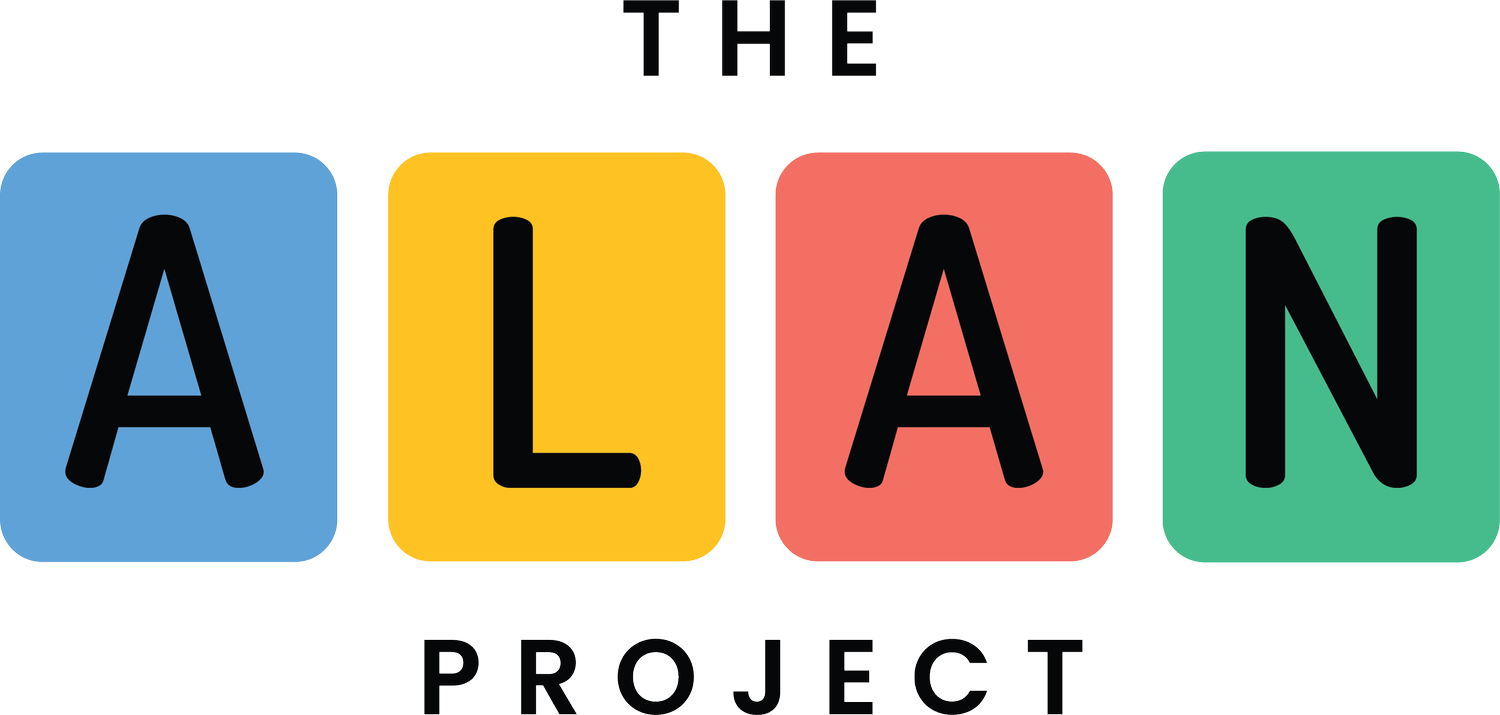“I was not only able to speak up about those barriers, but I was also empowered to lead systemic change.” - an example of real inclusion in action
Recently, we launched a new page on our website where you can share your personal experiences of inclusion - and we are excited to share our first submission
This submission comes from an anonymous contributor who, in their first year at UNSW in 2021, co-founded Diversified — a student-led project tackling the hidden curriculum in higher education and promoting neuro-inclusion.
They shared how they often felt they had to decode systems not built with them in mind. Through Diversified, they not only found the courage to speak up about those barriers but were empowered to lead systemic change.
What made this journey transformative, they said, was the mentorship and recognition they received — for the first time, their lived experience and unconventional thinking were seen as valuable, and the weight of imposter syndrome began to lift.
This submission reminds us that real inclusion doesn’t just support people after they struggle — it changes systems so everyone can thrive from the start.
As they put it: "Inclusion is about structural empowerment. It’s about recognising diversity, including neurodiversity, as a source of innovation, not a barrier. It’s also about confronting the invisible things that block participation, like the hidden curriculum. By addressing these, we open doors for everyone, not just those who’ve had to fight to be understood."
Have you ever experienced a moment that made you feel seen, welcomed, or truly included?
It might’ve been something small — a kind gesture, a thoughtful question, or someone simply making space for you to be yourself.
These moments can shape how we understand belonging.
We would love to hear yours.
Share a time when you felt included — it can be with friends, family, at school, work, or anywhere else. Your story matters.
Submit your moment via the link in our bio.
Or go to: www.thealanproject.com.au/shareyourstories
We cannot wait to read and share them!
#TheALANProject #AnonymousSubmission #NeuroInclusion#HiddenCurriculum #SystemicChange #EquityInEducation#InclusionMatters
Image descriptions
Image 1: Titled "A personal experience of inclusion submitted via our website:", the image contains a yellow-highlighted quote that reads, "I was not only able to speak up about those barriers, but I was also empowered to lead systemic change." Below the text are four colored circles: blue, yellow, green, and red.
Image 2: Titled "What happened?", this image contains a paragraph describing the co-founding of a student-led project at UNSW in 2021 called "Diversified." The project's goal is to tackle the "hidden curriculum" and promote neuro-inclusion, with the aim of providing equitable education.
Image 3: Titled "What happened? (continued)", this image features a paragraph about a neurodivergent individual from a lower socioeconomic background who felt they had to "decode university systems." They describe feeling empowered to "speak up about those barriers" and "lead systemic change" through the Diversified project, where they felt recognized and welcomed as an equal.
Image 4: This image, also titled "What happened? (continued)", contains a short sentence: "For the first time in my academic journey, I truly felt a sense of belonging, and the weight of imposter syndrome began to lift."
Image 5: Titled "How has this experience shaped your understanding of inclusion?", this image has a quote that states, "This experience taught me that real inclusion doesn't mean offering support after people struggle; it means changing systems so they're navigable, fair, and affirming from the start."
Image 6: This image, with the same title as the previous one, contains a paragraph defining inclusion as "structural empowerment." It mentions recognizing neurodiversity as a source of innovation and confronting "invisible things that block participation, like the hidden curriculum." The text concludes by saying that addressing these issues "open doors for everyone."
Image 7: Titled "Submit your personal example of inclusion via our website:", this image shows a screenshot of a website. The webpage, from "https://www.google.com/search?q=thealanproject.com.au," has a form with the heading "Have you had an experience where you felt included?" The form asks for a description of what happened and how the experience shaped the user's understanding of inclusion. Below the screenshot are two intertwined heart outlines, one blue and one green.
The full submission reads:
What happened?: In my first year at UNSW in 2021, I co-founded Diversified, a student-led project tackling the hidden curriculum in higher education and promoting neuro-inclusion, with the aim to provide an equitable and accessible education so that all students can thrive.. It started with a simple idea: what if the very systems that exclude neurodivergent students could be redesigned with neurodivergent students?
As someone who’s neurodivergent, first in family, and from a lower-SES background, I’d always felt like I had to decode university systems that weren’t built with me in mind. Through Diversified, I was not only able to speak up about those barriers, but I was also empowered to lead systemic change. What made this so transformative was the way my academic colleagues mentored me. They recognised the value of my lived experience, encouraged my unconventional ways of thinking, and welcomed me as an equal. For the first time in my academic journey, I truly felt a sense of belonging, and the weight of imposter syndrome began to lift.How has this experience shaped your understanding of inclusion?: This experience taught me that real inclusion doesn’t mean offering support after people struggle; it means changing systems so they’re navigable, fair, and affirming from the start.
Inclusion is about structural empowerment. It’s about recognising diversity, including neurodiversity, as a source of innovation, not a barrier. It’s also about confronting the invisible things that block participation, like the hidden curriculum. By addressing these, we open doors for everyone, not just those who’ve had to fight to be understood.
